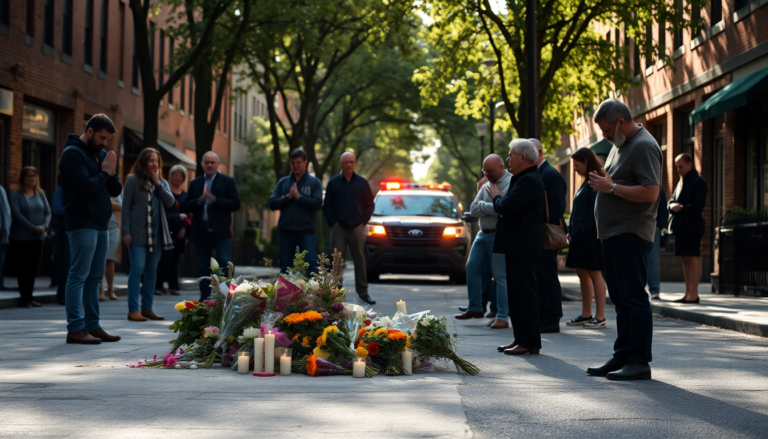Argomenti trattati
On July 13, 2024, the tragic shooting in Butler became a pivotal moment for U.S. security protocols, especially for the Secret Service, which is entrusted with the protection of the nation’s leaders. This incident, which resulted in the death of fire chief Corey Comperatore while he bravely shielded his family from gunfire, has ignited urgent conversations about the efficacy of current protective measures and the lessons we need to take away from this event. As we delve into the aftermath, it’s crucial to examine the systemic failures that allowed such a significant security breach to happen.
Understanding the Aftermath of the Butler Shooting
The Butler shooting not only injured then-candidate Donald Trump but also claimed the life of a hero, shining a light on an alarming lapse in the security protocols of an agency known for its “zero-fail mission.” In response to the attack, multiple investigations were launched by the Secret Service, FBI, Department of Homeland Security (DHS), and various congressional committees. These inquiries uncovered a host of deficiencies, including failures in intelligence sharing, event coordination, and communication with local law enforcement. To restore public confidence, the Secret Service subsequently released 37 reform measures aimed at addressing these shortcomings.
But despite these recommendations, fundamental questions still linger: How did a globally recognized protective agency experience such a breakdown? To grasp the current state of the Secret Service, we need to reflect on the structural changes that took place after the 9/11 attacks, which drastically reshaped the agency’s mission and capabilities.
Historical Context and Structural Challenges
The restructuring of U.S. homeland security following the September 11 attacks brought substantial changes for many agencies, including the integration of the Secret Service into the newly established Department of Homeland Security in 2003. This transition not only expanded the Secret Service’s protective mission but also enhanced its investigative role under the Patriot Act. However, unlike other agencies that enjoyed significant budget increases, the Secret Service’s funding grew only modestly, resulting in ongoing challenges related to recruitment and retention.
Since 2001, the Secret Service’s budget has increased from $859 million to just over $3 billion, with a workforce of around 8,000. In stark contrast, the FBI’s budget has skyrocketed from $3.3 billion to $11.3 billion, facilitating a notable increase in personnel. This disparity in resource allocation has left the Secret Service struggling to keep pace with its expanded mission, raising concerns about staffing shortages and operational effectiveness.
Lessons Learned and the Path Forward
In the wake of the Butler shooting, Secret Service Director Sean Curran has launched a strategic overhaul centered on five key areas: Operations, Human Capital, Resources and Physical Assets, Training, and Technology. The goal of these reforms is to establish clearer lines of command during protective events, enhance coordination with local law enforcement, improve intelligence sharing, and integrate new technologies for threat detection.
However, many of these proposed reforms hinge on congressional action, which includes reassessing the agency’s integration within DHS and increasing its budget and staffing levels. As discussions unfold, it’s vital to acknowledge that the agency’s mission must be backed by sufficient resources and a clear mandate to prevent future security lapses.
The events in Butler serve as a stark reminder of the inherent risks faced by the Secret Service and underscore the necessity for ongoing vigilance and reform. Until essential changes are implemented, the lessons gleaned from this tragic incident will remain vital for shaping the future of security for public figures in the United States.

